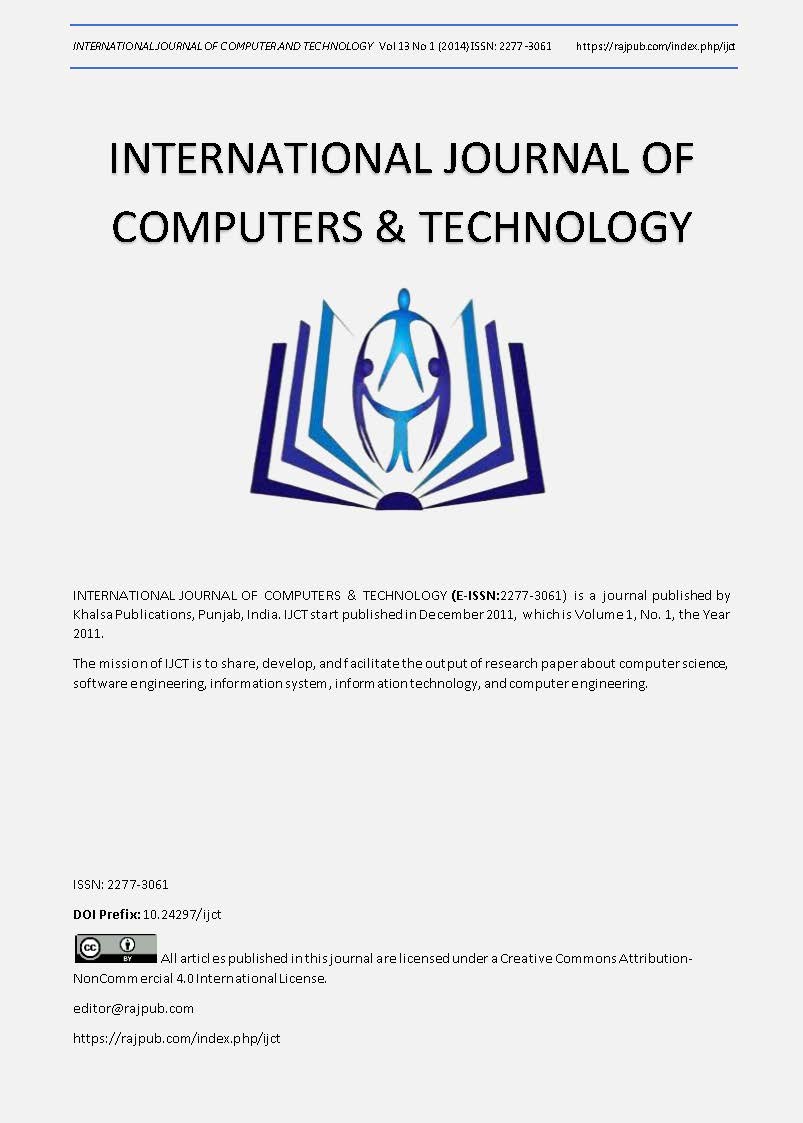Developing and Evaluation of New Hybrid Encryption Algorithms
DOI:
https://doi.org/10.24297/ijct.v13i1.2926Keywords:
Wireless Sensor networks (WSN), Information Security Systems (ISS), Advanced Encryption Standard (AES), Cryptography, Elliptic Curve (ECC), Message Digest-5, hybrid cryptographic algorithm.Abstract
Wireless Sensor networks consist of hundreds or thousands of low cost, low power and self-organizing nodes which are highly distributed. As wireless sensor networks continue to grow, so does the need for effective security mechanisms because sensor networks may interact with sensitive data. Encryption algorithms play good roles in information security systems (ISS). Those algorithms consume a significant amount of computing resources such as battery power. Wireless Sensor networks are powered by a battery which is a very limited resource. At present, various types of cryptographic algorithms provide high security to information on networks, but there are also has some drawbacks. The present asymmetric encryption methods and symmetric encryption methods can offer the security levels but with many limitations. For instance key maintenance is a great problem faced in symmetric encryption methods and less security level is the problem of asymmetric encryption methods even though key maintenance is easy. To improve the strength of these algorithms, we propose a new hybrid cryptographic algorithm in this paper. The algorithm is designed using combination of two symmetric cryptographic techniques and two Asymmetric cryptographic techniques. This protocol provides three cryptographic primitives, integrity, confidentiality and authentication. It is a hybrid encryption method where elliptical curve cryptography (ECC) and advanced encryption (AES) are combined to provide node encryption. RSA algorithm and Blowfish are combined to provide authentication and (MD5) for integrity. The results show that the proposed hybrid cryptographic algorithm gives better performance in terms of computation time and the size of cipher text.
This paper tries to present a fair comparison between the new protocols with four existing different hybrid protocols according to power consumption. A comparison has been conducted for those protocols at different settings for each protocol such as different sizes of data blocks, and finally encryption/decryption speed. Experimental results are given to demonstrate the effectiveness of each algorithm.









